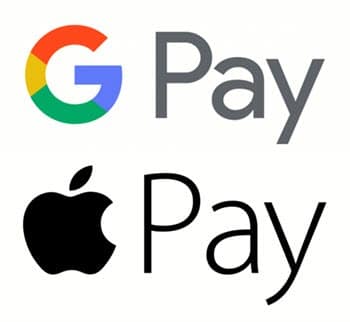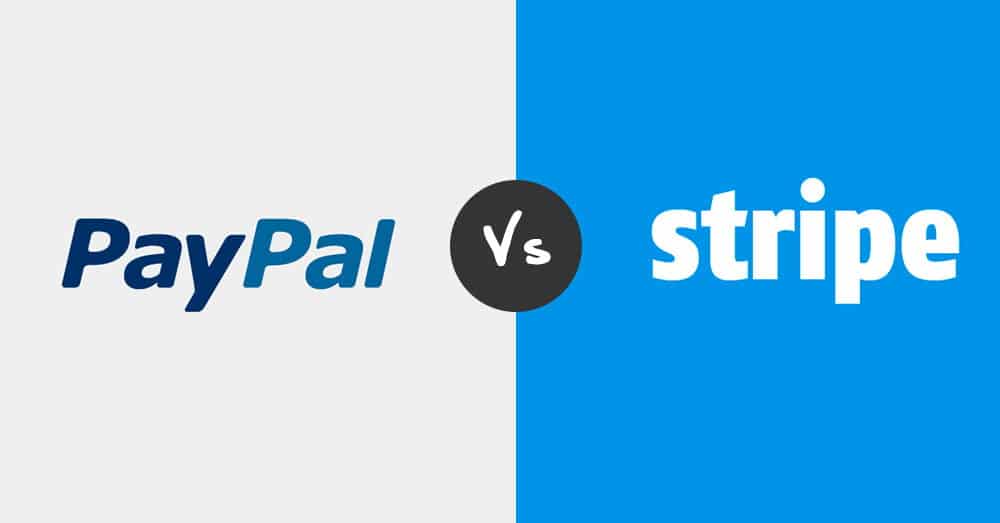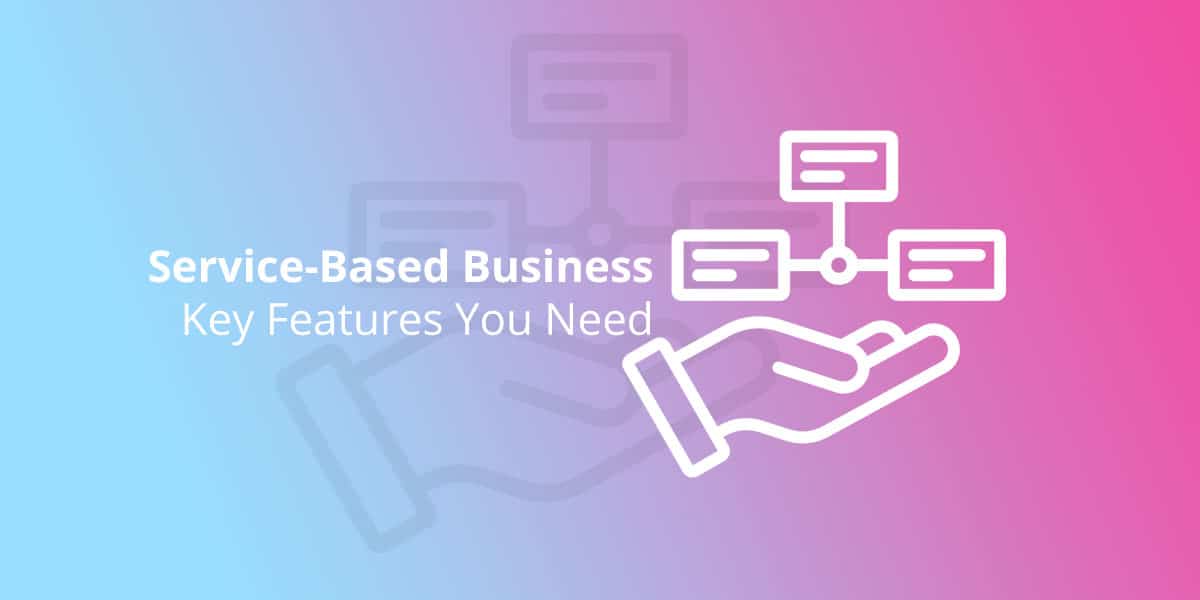 If you are running or looking into ecommerce or payment gateways, you will know doubt have come across PayPal and Stripe? These are both great payment gateways but we are often asked which is best?.
If you are running or looking into ecommerce or payment gateways, you will know doubt have come across PayPal and Stripe? These are both great payment gateways but we are often asked which is best?.
Here is a rundown of the pros and cons.
First, PayPal supports more countries than Stripe, as Stripe is fairly new; launched ten years after PayPal. Understandably, PayPal has a broader global market reach and is pretty much a house hold name in the UK.
In the UK, you have the option of using both PayPal and Stripe, which can bring advantages to your operations. Using multiple gateways allows your business to broaden the footprint of your payment processing ability.
In particular, where both PayPal and Stripe are available, the advantage is your business does not lose PayPal customers who don’t trust Stripe and also doesn’t lose customers who prefer to use credit, debit cards along with apple and google pay.
PayPal vs. Stripe – Pros and Cons
If your UK business operates internationally (perhaps in the future) and you need to connect to a payment network, you know where your preferred gateway is available.
Only 28 countries are without PayPal service as of May 2013. Some countries where people cannot send and receive payments via the service are Afghanistan, Bangladesh, Iran, Iraq, Haiti, Lebanon, Pakistan, and Paraguay.
In terms of security and reliability, Stripe and PayPal are both secure and reliable. PayPal is more universally-known than Stripe, but the latter is a new contender that comes with many advantages, too.
Here are the pros and cons of these payment businesses.

PayPal – The Pros
PayPal offers a great internet-like user experience, but it also has shortcomings around innovation or technological aspects. Advantages for this payment gateway include:
- PayPal’s network of accounts is over 254 million active users as of 2018. If you need to deal with businesses and accounts within the PayPal network, your business is pretty much in good shape with just using this network.
(You also need to consider the billions of accounts outside of the network. If you have to deal with those businesses, you might have a degraded experience when doing business with them, i.e., (slower and poorer addressing, etc.).
- PayPal is easy to use. It can be the most straightforward payment processor to join together with a website and is well within the remit of sternly un-technical entrepreneurs.
PayPal – The Cons
PayPal disadvantages include:
- Although PayPal offers a few advanced features (like its adaptive payment system), businesses having high processing volumes may find it to be not the perfect solution for this type of transaction.
If your business needs particular functionalities, such as the capacity to do transactions involving low amounts, get a more flexible solution to provide you with different pricing models and features like Stripe.
- Standard UK PayPal transaction rate is 2.9% + £0.30. Higher fees apply to Europe PayPal accounts (3.4% + £0.30) and other PayPal accounts (4.9% + £0.30). *as of 01.04.2021
- PayPal charges payment receivers – If you receive money through PayPal – particularly on eBay – it will charge you anywhere between 5 and 10% of the total price of the items you sold. That is over and above the charges imposed by the auction company.
Stripe – The Pros
 Stripe’s pricing is more competitive and very much a strong point for the business. It uses a flat pay-as-you-go pricing. For EU-based cards, it charges a rate of 1.4% + £0.20, and for non-EU cards, its rate is 2.9% + £0.20. Additional advantages include:
Stripe’s pricing is more competitive and very much a strong point for the business. It uses a flat pay-as-you-go pricing. For EU-based cards, it charges a rate of 1.4% + £0.20, and for non-EU cards, its rate is 2.9% + £0.20. Additional advantages include:
- No Delays – Stripe works flawlessly and accepts payments with no errors or delays.
- Easy Apple Pay and Google Pay integration
- Transparency of Payments – This is applicable for both PayPal and Stripe. There are no hidden fees in both systems.
- Interface Usability – Stripe’s system is user-friendly. It also offers comprehensive documentation for developers.
- Universality – Stripe as we already said is applicable for a large number of currencies, and because it has significantly more payment methods, it is also able to support a variety of banks and credit cards.
- No setup fees, monthly fees, no hidden fees
- Optimized checkout flows – Invoice support, simplified PCI compliance, custom UI toolkits, and embeddable checkout.
Stripe – The Cons
The Stripe system is specially designed to appeal to developers, and, as a result, the system is a bit on the techie side. In particular, developers love the customization features this gateway offers.
Here are a few minor disadvantages to using Stripe:
- Because it was developed to carry different features that appeal to developers, Stripe is probably not the best system to use if you are looking to use a simple, plug-and-play processor. Though in fairness to Stripe, it is not what it is trying to be.
- Another con is in the area of subscription management and boosting conversions. If you are looking into something that also keeps track of subscription metrics and maximizes activities or traffic that comes to your online shop, Stripe may not be the best system to provide that capability.
- Stripe cannot accept PayPal payments, unlike its competitors. Businesses that need to accept PayPal payments via Stripe cannot do so.
Hope this comparison between PayPal and Stripe can help you choose the best payment system to use. If you need any help feel free to get in touch.
We would love to hear from you! Please fill out this form and we will get in touch with you shortly.







